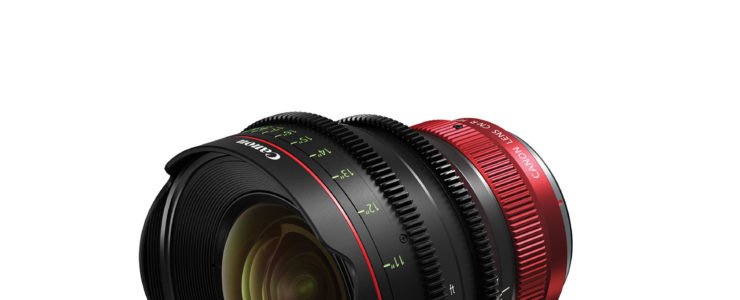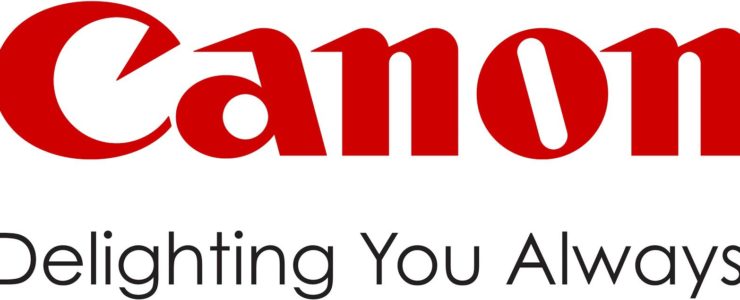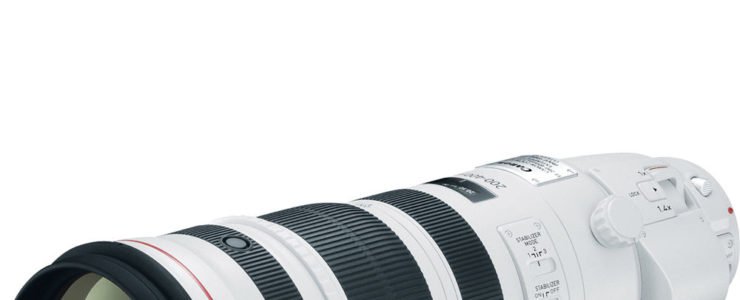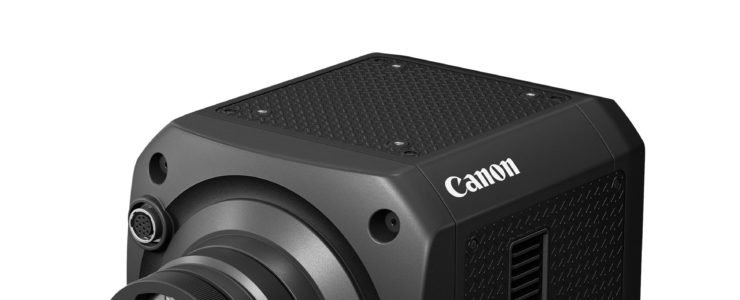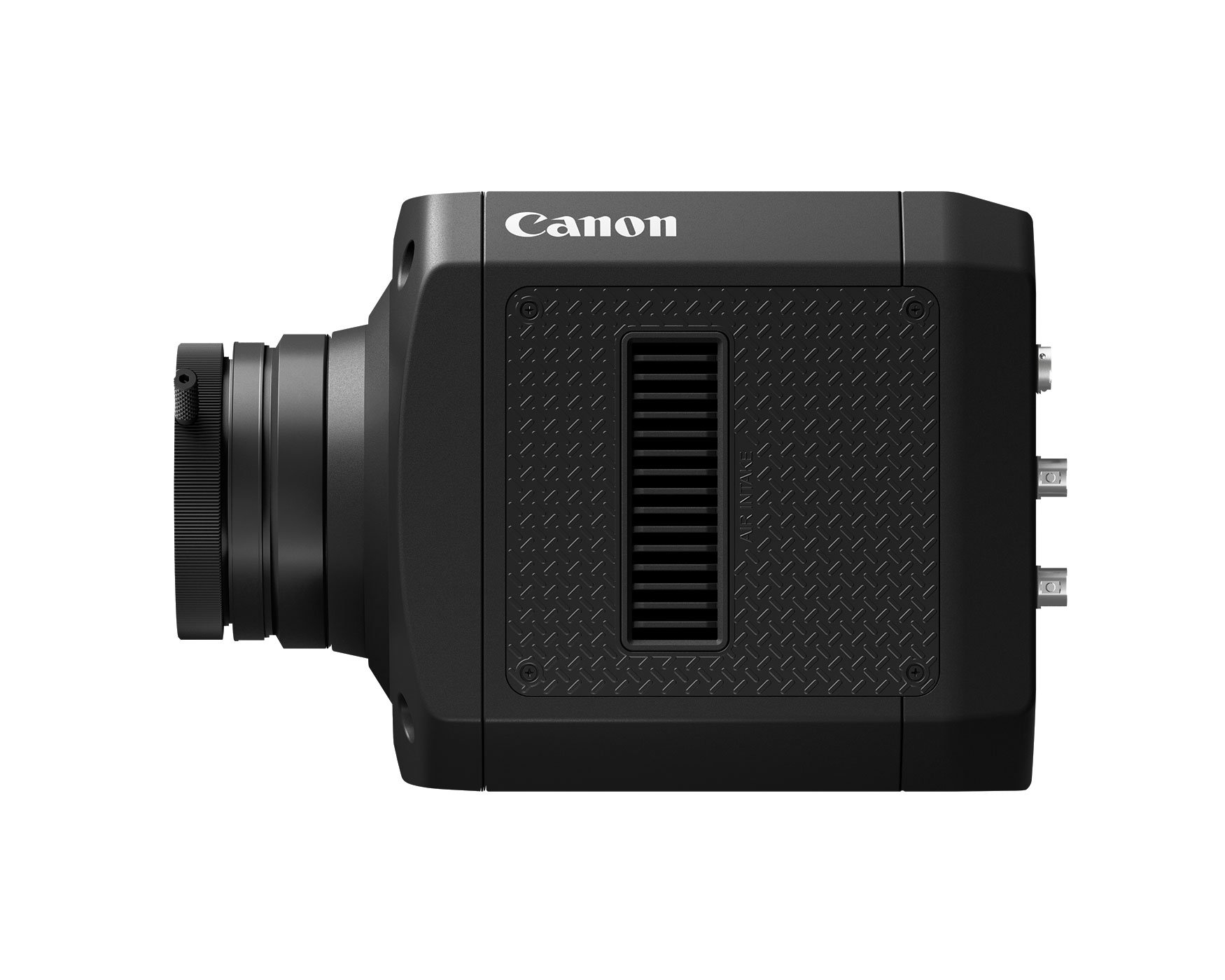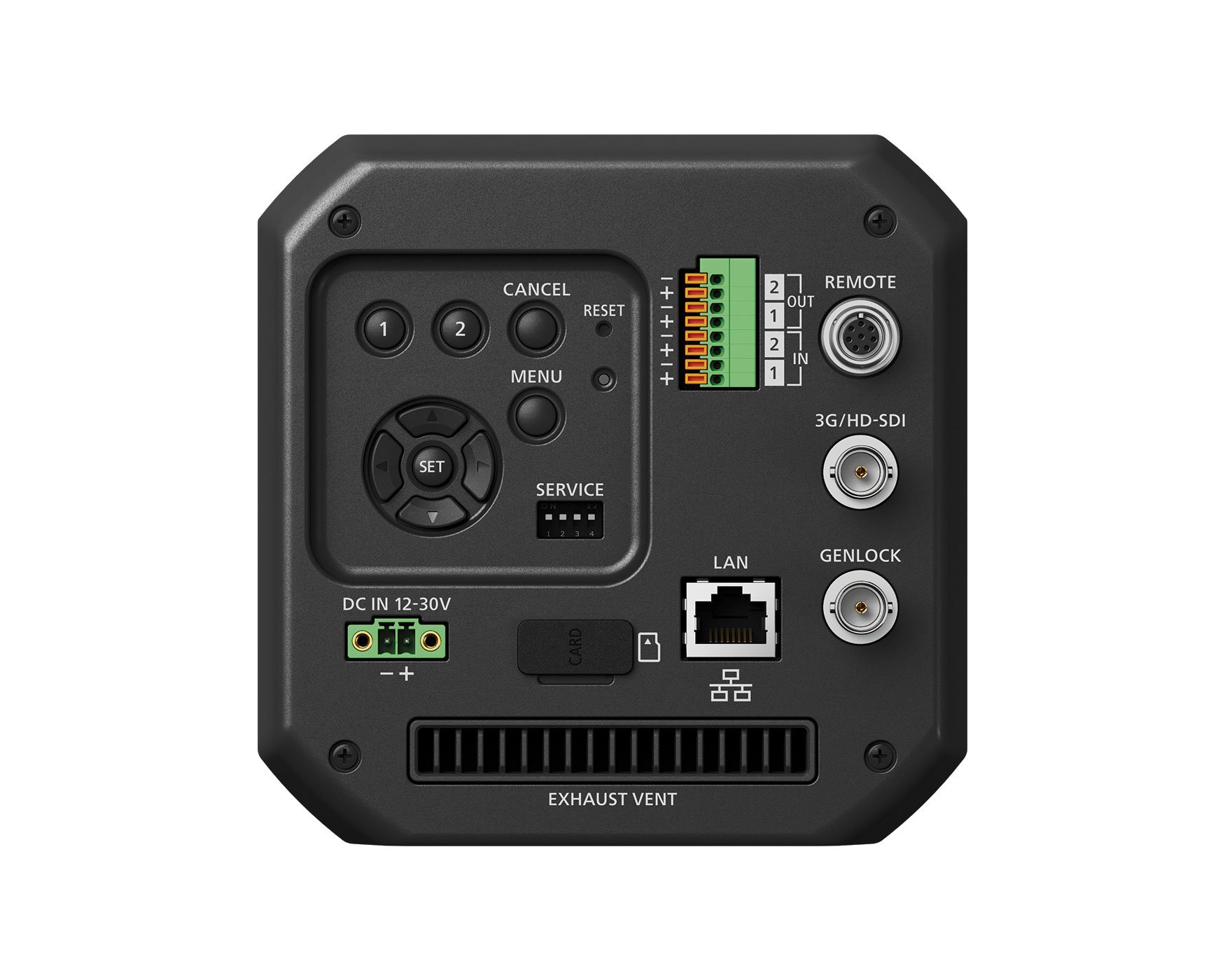Canon Announces the Company’s First Set of RF-Mount Cinema Prime Lenses
Canon press release:
MELVILLE, N.Y., September 12, 2023 – Canon U.S.A., Inc., a leader in digital imaging solutions, announced today the introduction of the company’s first RF-Mount Cinema Prime Lenses for the Cinema EOS System. The new lenses combine high optical performance for 4K and 8K shooting, cinema-style operability, and RF mount communications. The first set of seven RF-Mount Cinema Prime Lenses is only the beginning. Canon plans to swiftly expand the lineup of RF-mount-compatible video production equipment to meet the needs of professional video production of such content as movies, TV, and commercials.
The seven Canon CN-R lenses, with focal lengths and T stops of 14mm T3.1, 20mm T1.5, 24mm T1.5, 35mm T1.5, 50mm T1.3, 85mm T1.3, and 135mm T2.2, are compatible with the two existing RF-Mount Canon Cinema Cameras, the EOS C70 and EOS R5 C. These lenses will allow for RF mount protocol transmission, and just like the EF-Mount Cinema Prime Lenses, operators can control magnification, chromatic aberration correction, peripheral light correction, and a dual-pixel focus guide via camera body operations. In addition, the new lenses also feature lens distortion correction. These features support efficient video production during on-location recording and post-production workflow.
The new lenses are able to achieve high optical performance suitable for use with 4K and 8K cameras by optimally positioning large-diameter aspherical lens elements and lens elements with anomalous dispersion glass. Their compatibility with the full-frame large-format sensor, bright T stop values1, and 11-blade iris helps produce a shallow depth of field for subjects, natural round blurring, and soft image expressions. In addition, unified Cinema EOS color balance throughout the series helps provide consistent color, even when changing lenses.
Designed with an ideal level of ring torque, the new lenses allow for the precise and smooth adjustments often needed during cinema productions. Thanks to a unified design across the series, including the gear position of the operation ring, the diameter of the lens, and the rotation angle (operation angle), lenses can be effortlessly swapped in and out without the need to adjust matte boxes or external focus accessories for each lens. A new coarse surface near the mount provides a comfortable and ergonomic fit in the user’s hand, allowing the lens to be held securely without gripping the operation ring when attaching and detaching different lenses.
Pricing and Availability
The seven new Canon RF-Mount Cinema Prime Lenses estimated retail pricing and scheduled availability* are as follows:
| Product | Pricing* | Availability* |
| CN-R14mm T3.1 L F | $4,220.00 | Late February 2024 |
| CN-R20mm T1.5 L F | $4,220.00 | Late March 2024 |
| CN-R24mm T1.5 L F | $4,220.00 | Late January 2024 |
| CN-R35mm T1.5 L F | $3,950.00 | Late January 2024 |
| CN-R50mm T1.3 L F | $3,950.00 | Late January 2024 |
| CN-R85mm T1.3 L F | $3,950.00 | Late January 2024 |
| CN-R135mm T2.2 L F | $3,950.00 | Late April 2024 |

